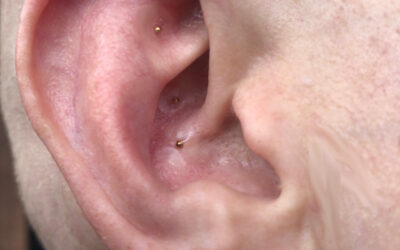Do you have chronic indigestion or other GI symptoms that you haven’t been able to resolve? Have you ever wondered if certain foods are irritating your system?
Aside from chronic pain, the secondary specialty in my practice is digestive complaints such as bloating, gas, diarrhea, constipation and nausea. When treating a patient with digestive complaints, I often ask them to complete a food journal and sometimes an elimination diet. This process also helps suss out dermatological complaints especially if symptoms appear along the face or neck. One or both of these techniques can help us determine if the symptoms we are treating are related to one or more particular foods so that we can customize the acupuncture and/or herbal formulas accordingly.
Step 1: Journal
A food journal is a relatively straightforward and simple task so this is a good starting place when starting to unravel the cause of indigestion. A helpful benchmark timeframe to do so is two weeks. During these weeks, simply record everything you eat and drink and rate your symptom(s) on a scale of 1 to 10 (10 being the worst) 2-3 times each day. Ideally, you would rate your symptoms about an hour after each meal, but if you have difficulty remembering in the middle of a workday, morning and evening are usually sufficient.
Step 2: Review
After the 2-week period, review the data with your healthcare provider to help determine if there are any patterns. Sometimes this task will reveal potential irritants that can then be removed from the diet to see if that resolves the issue. The food or beverage in question should be removed from the diet for about two weeks to assess whether or not the symptoms resolve. If not, proceed to step 3. If your food journal revealed more than one substance that could be causing your symptoms, test them independently by spending 2 weeks removing only one from your diet before moving on to the next one if the symptoms don’t resolve.
Step 3: Elimination
If your food journal doesn’t seem to yield any likely culprits, or eliminating potential culprits for 2 weeks doesn’t yield symptom relief, you can do an elimination diet of food substances that commonly irritate the digestive tract. Note: If you suspect you have a full-blown food allergy, check with your doctor before starting an elimination diet. Symptoms of an allergy include rashes, hives, swelling and difficulty breathing, and you would want to discuss the possibility of a flare-up with your healthcare provider.
The foods to eliminate for 2-3 weeks are: nuts, corn, soy, dairy, citrus fruits, nightshade vegetables (potatoes, tomatoes, bell peppers and eggplant), wheat, foods containing gluten, pork, eggs and seafood. If your symptoms still remain after removing these foods for this time, it is best to notify your doctor as your condition may be caused by something other than diet.
Step 4: Reintroduction
Each food group should be introduced individually, over 2–3 days, while looking for symptoms. This whole process will take 5-6 weeks. While it takes some preparation and commitment to do steps 3 and 4, it will be well worth it if you can uncover simple dietary changes you can make to resolve your indigestion.




